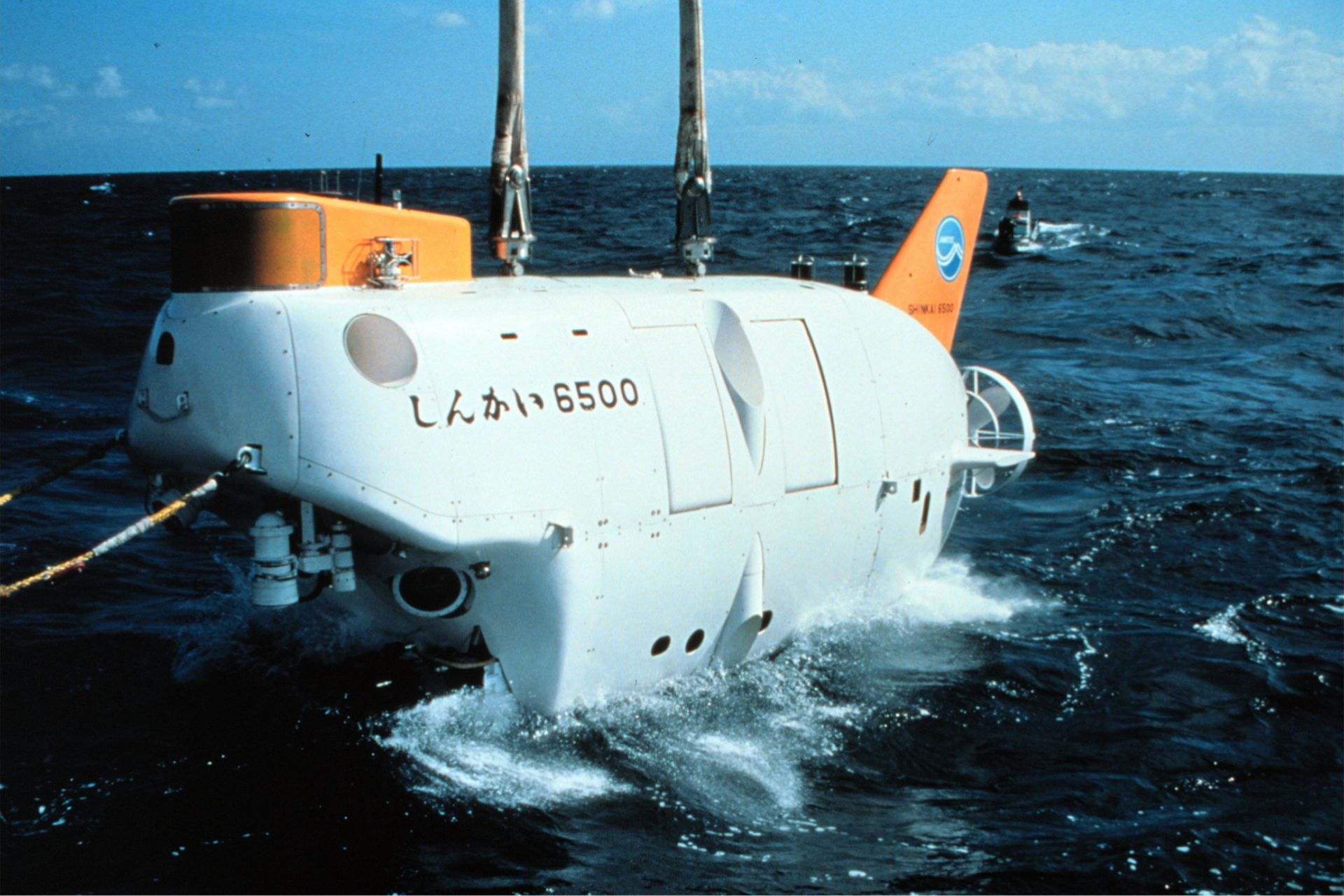Breaking News
Japan replaces Shinkai 6500 with advanced Unmanned submersible amid global deep-sea race.
According to information published by Asahi Shimbun on August 12, 2024, Japan's Ministry of Education, Culture, Sports, Science and Technology (MEXT) has announced plans to prioritize the development of an unmanned submersible, marking the end of an era for the Shinkai 6500, the country’s iconic manned deep-sea research vessel.
Follow Army Recognition on Google News at this link

The Shinkai 6500 crewed research submersible. (Picture source: JAMSTEC)
The Shinkai 6500, operated by the Japan Agency for Marine-Earth Science and Technology (JAMSTEC), has been a cornerstone of Japan’s oceanographic research since its completion in 1990.
Over its more than three decades of service, the vessel has conducted over 1,700 dives, contributing significantly to the understanding of deep-sea ecosystems and seafloor topography. However, with its design life nearing an end and the technology to build a comparable manned submersible no longer available, Japan is turning its focus to unmanned systems.
The Shinkai 6500’s pressure-resistant shell, a nearly perfect sphere made of titanium alloy, is expected to reach the end of its operational life by the 2040s.
Unfortunately, the specialized manufacturing techniques needed to replicate this technology have not been preserved, posing significant challenges to the development of a new manned submersible. Additionally, many of the vessel’s critical systems, including emergency surfacing equipment, are becoming obsolete with no replacement options available.
In response to these challenges, MEXT’s expert panel has deemed it “extremely difficult” to create a manned submersible with capabilities matching those of the Shinkai 6500.
As a result, JAMSTEC plans to fully utilize the Shinkai 6500 for the remainder of its lifespan while accelerating the development of an unmanned submersible equipped with artificial intelligence. This new system will enable deep-sea observations and sampling at depths exceeding 6,500 meters, with remote operations supported by virtual reality technology.
Japan’s shift towards unmanned submersibles aligns with global trends, as nations like China, the United States, and India push forward with their own deep-sea exploration capabilities.
China and the U.S. have already deployed manned submersibles capable of reaching depths of 10,000 meters, while India is expected to complete a 6,000-meter-class manned submersible by 2026. Meanwhile, Europe, South Korea, and Australia have introduced unmanned submersibles designed for similar depths.
Japan, despite having once led the world in deep-sea exploration, now finds itself trailing behind in the development of autonomous underwater vehicles (AUVs). Most AUVs in use within Japan are imported, prompting the government to initiate a strategy aimed at achieving domestic production of AUVs by 2030.
The deep sea remains a critical frontier for scientific discovery and resource exploration. With Japan's Exclusive Economic Zone (EEZ) encompassing the world’s largest volume of water below 5,000 meters, the country’s deep-sea research is not only academically significant but also crucial for economic security.
Recent discoveries of rare metals near Japan’s Minami-Torishima island further highlight the potential for industrializing deep-sea resources, a goal that could be realized through advancements in unmanned submersible technology.


























